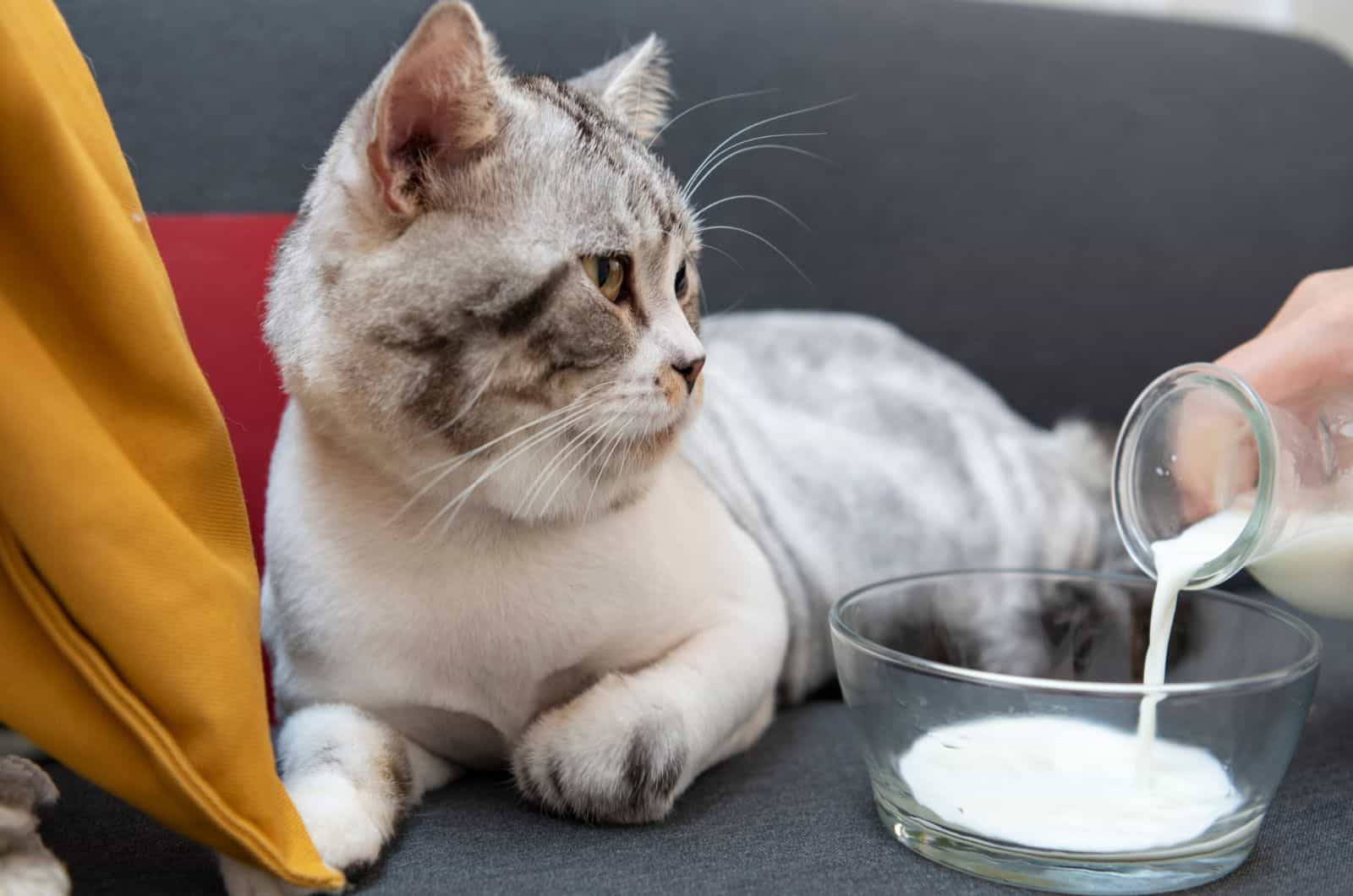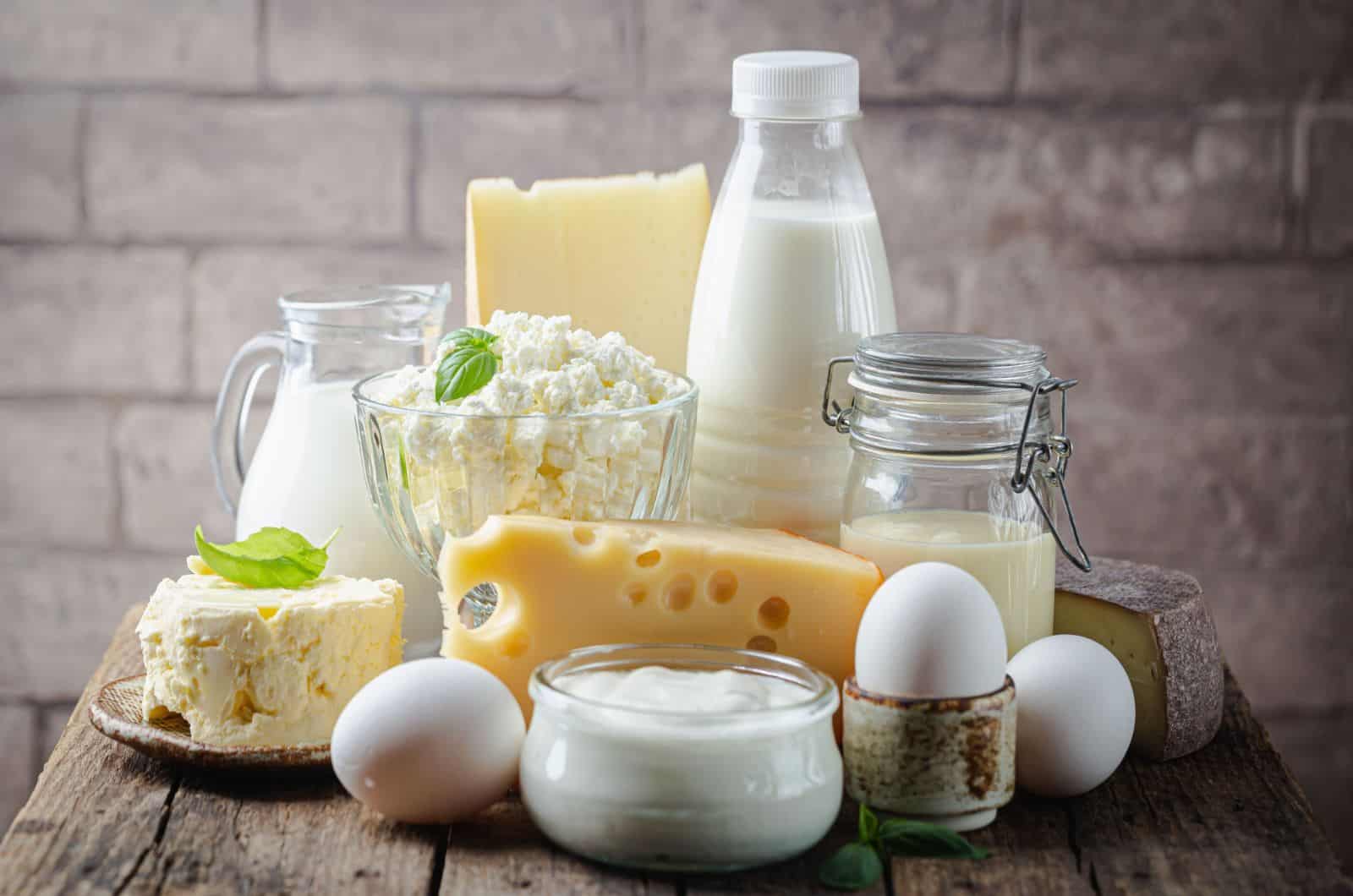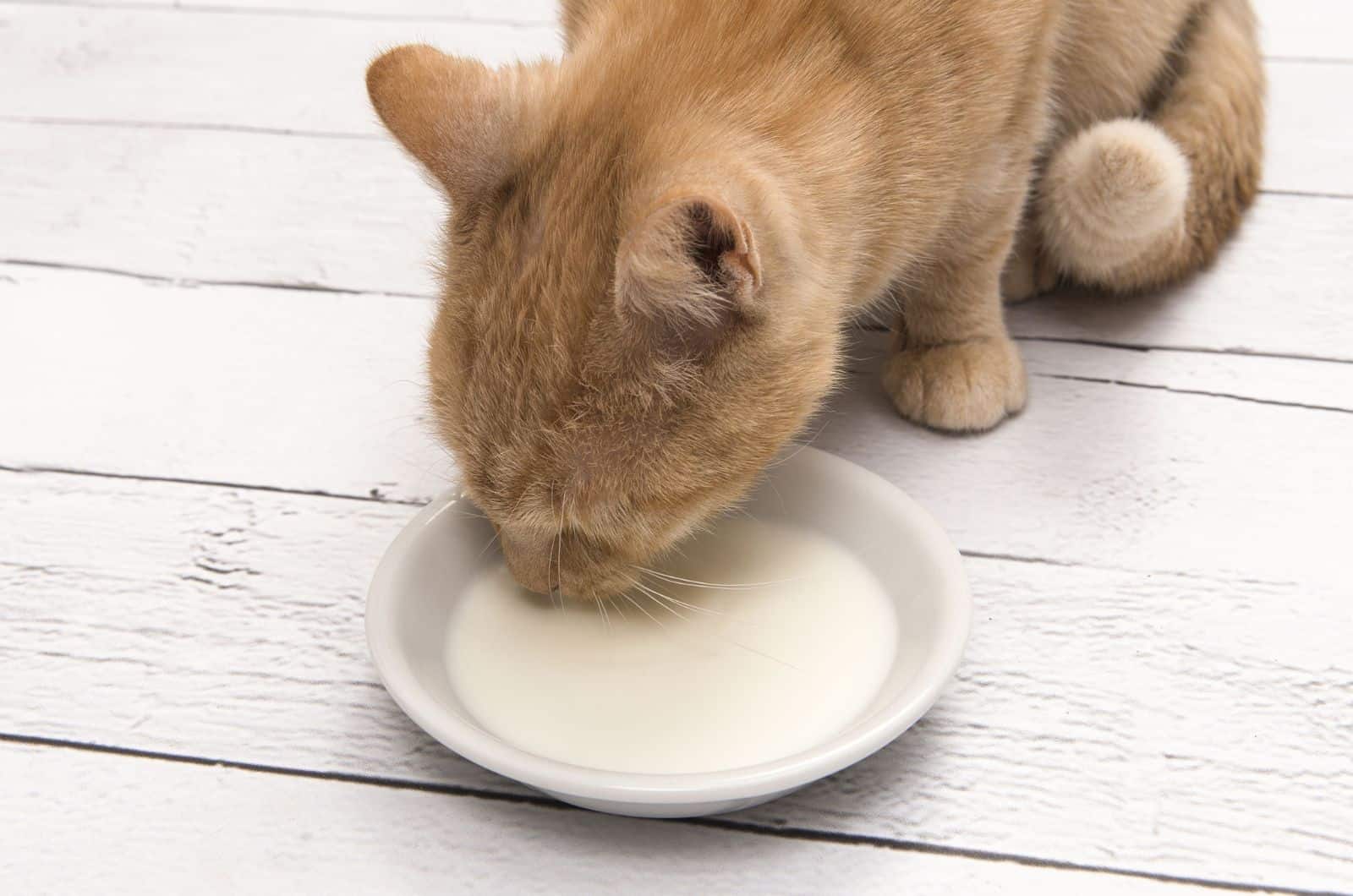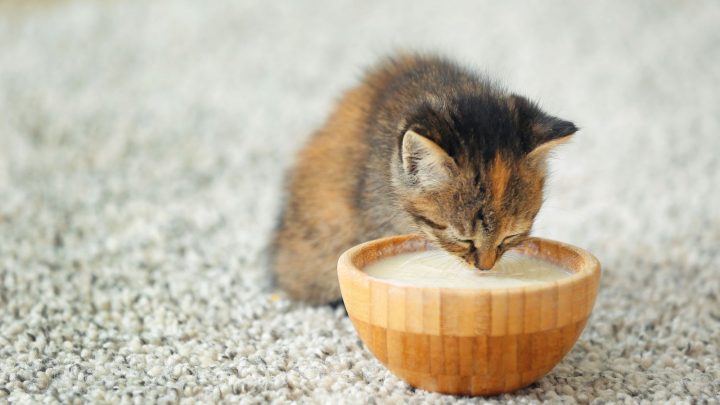Should cats drink milk? Did all those cartoons lie to us? All jokes aside, cats shouldn’t actually drink milk, but are cats lactose intolerant?
Most adult cats are lactose intolerant. This is why the dairy products that we use shouldn’t be included in your cat’s diet.
Some cats act like they crave milk, but that is most likely because cats generally want to do everything their owners are doing. Milk isn’t necessary for your cat’s wellbeing, so it’s best to be avoided.
Read on to find out more about cats and lactose intolerance, including how to recognize the symptoms and what to use as a substitute treat if your cat simply craves some dairy-like addition to its diet.
Are Cats Lactose Intolerant? Can They Digest Lactose?
Most adult cats are lactose intolerant. This means that lactose can cause irritation and even pain for cats.
When a cat (or anyone) is lactose intolerant, it means that they have a hard time processing lactose, which is the main sugar in milk and most dairy products.
When a cat isn’t able to digest lactose, it just stays in its stomach, and when that happens, it ferments, releasing gases that might cause stomach pains or excessive gas.
Furthermore, since lactose is a sugar, unprocessed carbohydrates suck water into cats’ bowels, which can induce diarrhea.
Cats, like humans, are born with the enzyme that is required to break down lactose in their mother’s milk. Many cats lose the enzyme lactase as they age.
This means that without lactase, lactose cannot be digested, so it remains in the intestines and continues to ferment when they consume any dairy product. This frequently results in gastrointestinal discomfort and diarrhea, usually within the next 10 hours.
Cats And Lactose: What Happens?

As mentioned, milk and other dairy products contain lactose, which is a sugar that is hard to digest.
Kittens, like other infant mammals, are born with the capacity to digest lactose since they have the necessary enzyme to break down lactose into single sugars, allowing the digestion process.
When a cat that is lactose-intolerant consumes dairy, the lactose that is undigested draws a large amount of water into the cat’s intestines, where microorganisms ferment those lactose sugars.
Stomach upset, flatulence, cramps, bloating, and/or diarrhea occurs, usually within the next 10 to 12 hours after the consumption.
However, lactose cannot be considered an allergen. Food allergies are different from food intolerances.
Allergies occur when the body perceives a substance as an invasion, and the immune system reacts to defend the body. Skin problems and itching are the most common symptoms. Every time the cat’s body is subjected to a specific allergen, the body’s response becomes stronger.
The symptoms of intolerance endure just as long as the offending substance—in this example, lactose—remains in the body. The symptoms go away when the food is digested or evacuated.
Why Do Some Cats Crave Milk If It’s Bad?
Cats crave milk or dairy products because they sense the fats it contains.
While many cats are lactose intolerant, they appreciate the fat, and there are many dairy products that are high-fat but low in lactose. This is due to the fact that as the cream settles, the fatty components float to the top, like in fresh cow’s milk.
What about kittens?
For the first month of their lives, kittens feed on their mother’s milk because it includes a lot of fat and all the required nutritional values kittens need to grow. When a kitten is weaning, they are moving onto solid food from milk, and they lose the ability to digest milk.
As mentioned, cats crave milk or dairy products because they can sense the fat they contain. One argument is that they have an enhanced scent to compensate for their less sensitive taste reception.
However, the taste is still crucial, and cats frequently prefer the flavor of cat foods that are heavy in fat and protein content. Combining the wonderful odors with a great taste in a cat’s diet, you can see why some cats enjoy dairy products even if it causes them to have an upset stomach.
If perhaps your cat simply meows for milk and craves dairy, you can feed it lactose-free milk or buy special milk made for cats.
There’s a reason why we have milk produced for cats and why we have milk for people; it is the safest option to give your cat milk that is designed specifically for it.
To learn more about cats and milk, I suggest reading: Do Cats Like Milk? Truth Or A Myth?
Substitute Treats For Dairy Products

So if you’re still wondering, “Should I give my cat a saucer of milk?” Check out the following advice to avoid issues in your cat’s digestive system.
Many human foods aren’t safe for cats, and if your cat craves milk, as I already said, you can try giving your cat lactose-free milk, or better yet, milk that’s made for cats.
If you want to find out whether or not your cat is lactose intolerant, there are different types of milk to consider.
Experts advise giving your pet just a spoonful of milk with less lactose and then waiting and checking for signs. If no symptoms appear within a day and your cat appears to digest milk safely, then it can have it as an occasional treat.
You can also experiment with very small amounts of yogurt or cheese, or some other dairy product, in order to reduce the likelihood of a bad reaction.
Keep in mind that dairy and milk replacement products don’t replace a balanced diet.
They do add fat, calories, and proteins to your cat’s existing diet, so remember to include them in your cat’s daily calorie intake to avoid weight gain, overfeeding, obesity, as well as other related health problems. To learn more about this topic, I suggest reading Happy Whisker’s article about healthy weight for cats.
Again, your cat can still have some digestive issues if you decide to try to include some dairy products, but if your cat is okay within a day or two, then occasional milk products as a treat should be fine.
Another substitute for milky cat treats can be a water fountain since it’s a fun way to drink water and will definitely be of help when keeping your cat hydrated.
You can also add flavors to your cat’s water. Choose something that won’t affect your pet’s health badly, like a little tuna sauce or a bit of chicken broth, which will make the water tastier without causing digestive issues.
FAQ
Is it OK to give cats milk?

No, unless you want to risk your cat getting the side effects of lactose intolerance, e.g. diarrhea, gases, and other health problems.
Milk isn’t necessary for your cat’s diet, so it’s better avoided. However, if you want to find out whether or not your cat is lactose intolerant, you can try giving it a small amount of dairy product and see if anything happens within the next 12 to 24 hours.
Is every cat lactose intolerant?
No, but most cats are. The majority of cats do not create the enzyme that is necessary to break down the lactose, so it’s best to avoid giving your cat milk because the only way to determine whether they have an intolerance to lactose is to risk making them sick.
How do I know if my cat is lactose intolerant?
You will know that your cat is lactose intolerant if it ingests a bit of dairy product and exhibits some symptoms of lactose intolerance, e.g. diarrhoea, upset stomach, vomiting, and/or excess gas.
Why do cats like milk if they are lactose intolerant?
Cats are drawn to dairy because they can detect and smell the fats and proteins it contains. Cats show interest in milk and dairy products because they detect the fats in them.
Many cats are lactose intolerant, but they still enjoy fat, and there are numerous dairy products that are high in fat but low in lactose. This is because once the cream settles, the fat content rises to the top.
What can I give my cat if he is lactose intolerant?
You can try giving your cat lactose-free milk, but it will most probably refuse to drink it since it won’t sense the fats like it would in the regular type of milk. The best substitute cat treat is milk that is manufactured for cats.
What are the symptoms of lactose intolerance?
The most common symptoms of lactose intolerance in cats include gases, diarrhea, bloating, stomach aches, cramps, rumbling in the stomach, and cats generally feeling lethargic and sick.
Final Words
Most cats don’t crave any milk at all when they stop drinking kitten milk, become adult cats, and start eating solid foods. Yet there are some cats that do show an interest in milk, ice cream, cheese, and other dairy products.
Cats sometimes show interest in things, especially foods, that they see their pet parents enjoying. They will also show an interest in dairy products because they sense its high-fat content.
All in all, most cats are lactose intolerant, and while they may appear to be interested in dairy products, the risk of an upset digestive system, undigested lactose, or undigested sugars isn’t worth it. It’s much better to look for healthier and more fun alternatives to use as cat treats.

Leave a comment